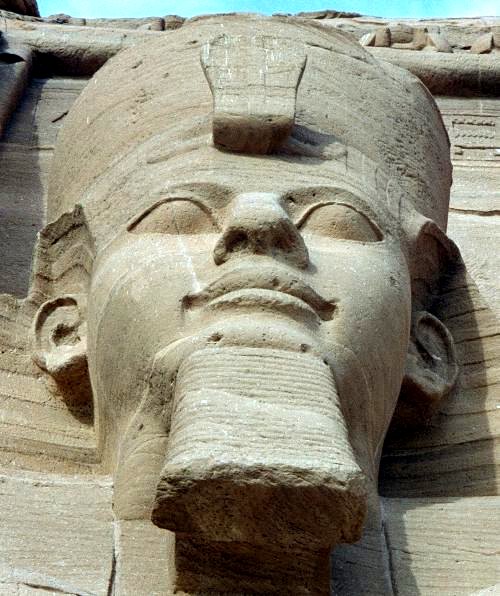
CAIRO (AP) – Egypt’s Antiquities Ministry says it has placed the ancient colossus of famed pharaoh Ramses II at the entrance of a museum under construction near the country’s famed pyramids outside the capital Cairo.
Thursday’s placement of the colossus, which weighs over 80 tons and is some 12 meters (13 yards) high, occurred amid a great deal of fanfare and in the presence of Western and Egyptian officials.
The colossus, which dates back some 3,300 years, will be on display at the entrance of the Grand Egyptian Museum, which will house some of Egypt’s most unique and precious ancient artifacts, including some belonging to famed boy King Tutankhamun.
Another 87 artifacts will be placed at the museum’s entrance, Antiquities Minister Khaled al-Anani said. The first phase of the museum will be inaugurated later this year.
The statue of Ramses II was discovered in 1820 by Giovanni Battista Caviglia at the Great Temple of Ptah near Memphis, Egypt. The statue was found broken in six pieces and earlier attempts at restoration failed. In 1955, Egyptian Prime Minister Gamal Abdel Nasser moved the statue to the large Bab Al-Hadid square in Cairo, subsequently renamed Ramses Square. There the statue was restored to its full height and erected on a three-meter pedestal at the edge of a fountain. It was stabilized by iron bars inside the body.
Over time, Ramses Square turned out to be an unsuitable location, as the statue continued to be exposed to noise, pollution, and vibration from traffic and subways. The Egyptian government decided to relocate the statue to a safer and more dignified location.
The transport of the statue from Ramses Square to Giza was a technological challenge that had been in the planning since 2002. A replica had been made and was transported several weeks before the scheduled actual move along the planned route to Giza to test the proposed relocation process. The move took place on August 25, 2006. During its 10-hour transport, the statue was wrapped and covered in rubber foam. Two flat-back trucks carried the weight of the statue and its support structures as it traveled in a vertical position.
________
Auction Central News International contributed to this report.
Copyright 2018 Associated Press. All rights reserved. This information may not be published, broadcast, rewritten, or redistributed.


